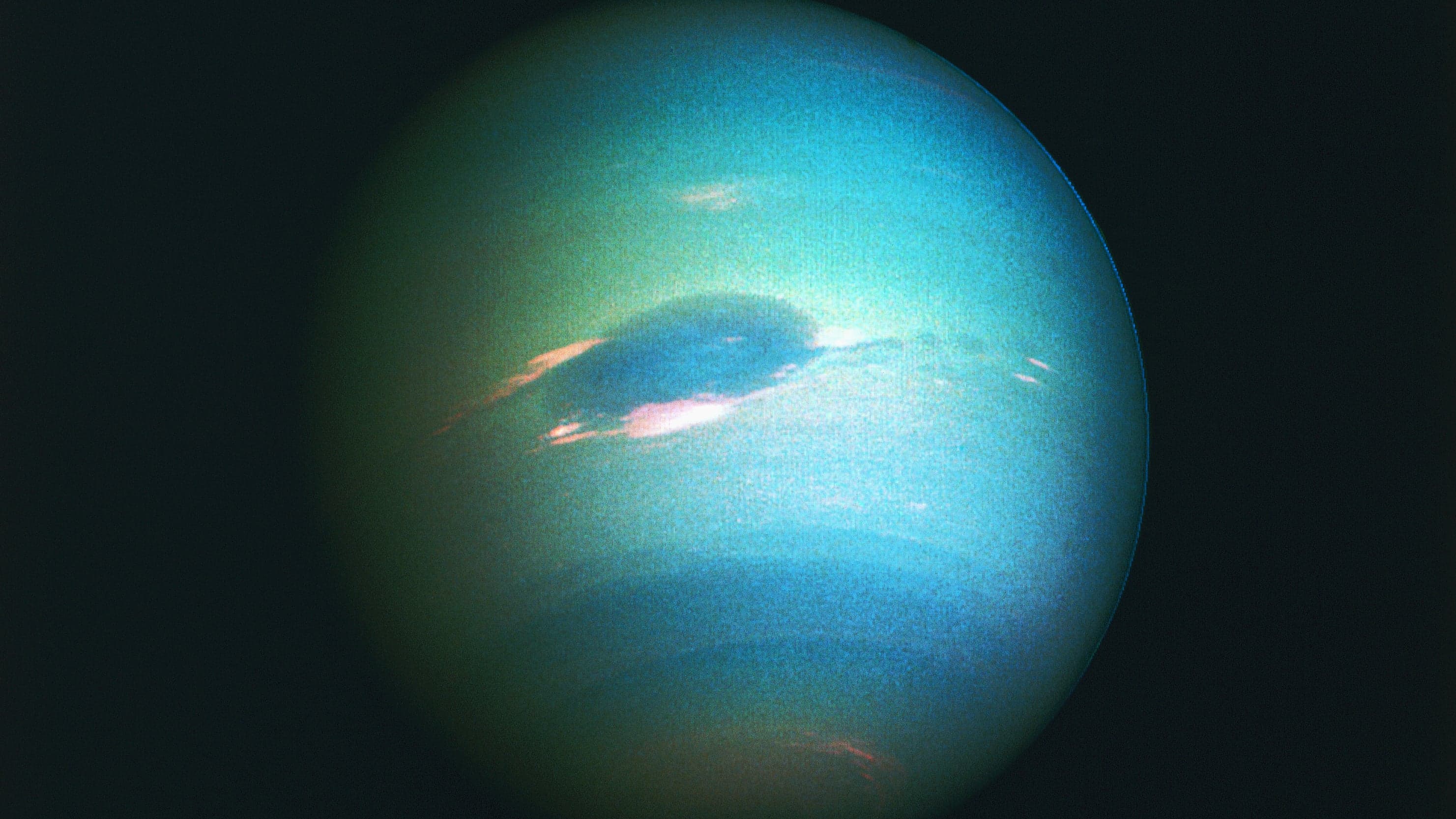German astronomer Johann Gottfried Galle discovers the planet Neptune at the Berlin Observatory.
Neptune, generally the eighth planet from the sun, was postulated by the French astronomer Urbain-Jean-Joseph Le Verrier, who calculated the approximate location of the planet by studying gravity-induced disturbances in the motions of Uranus. On September 23, 1846, Le Verrier informed Galle of his findings, and the same night Galle and his assistant Heinrich Louis d’Arrest identified Neptune at their observatory in Berlin. Noting its movement relative to background stars over 24 hours confirmed that it was a planet.
The blue gas giant, which has a diameter four times that of Earth, was named for the Roman god of the sea. It has eight known moons, of which Triton is the largest, and a ring system containing three bright and two dim rings. It completes an orbit of the sun once every 165 years. In 1989, the U.S. planetary spacecraft Voyager 2 was the first human spacecraft to visit Neptune.
WATCH: The Universe on HISTORY Vault

